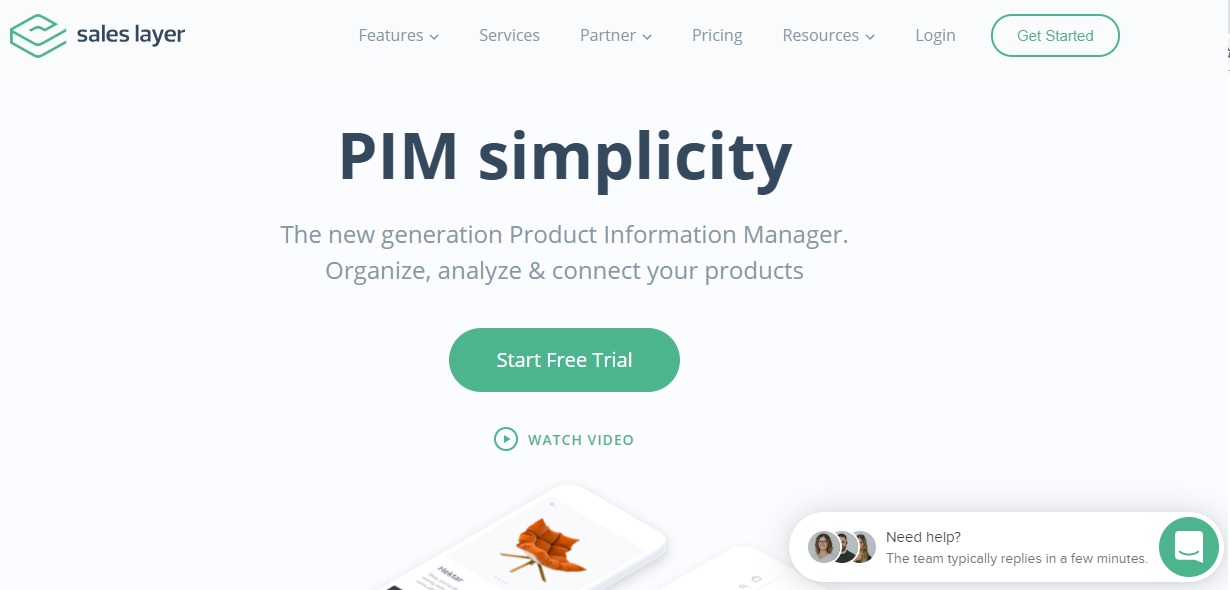Speed up processes: Learn how a PDM can boost productivity in your company
What is a pdm? A Product Data Management (PDM) collects as much information as possible about a specific product, but above all ensures that such data is available to both the company and its customers. Read this intriguing article to discover how this new system can increase productivity levels in your company.
This complex software is designed to manage the manufacturing data of a product.
What information are we referring to? Name and number of parts, models, brands, dimensions, manufacturing instructions, requirements, capacity, power, supports, etc.
All this information includes the design information generated through the computer, in other words, the data created in CAD files or 3D models.
We are talking about a technology that fulfills three fundamental processes; collection, administration and storage in real time. It also manages the properties of saved files, versions, possible revisions and updates.
This means that it has the ability to manage and protect copyrights through a control panel made up of different roles.

How does a PDM work?
PDM organizes data across different diagrams and/or processes, making them compatible with multiple platforms within the company.
Taking the product life cycle as a reference, the PDM is responsible for improving the decision-making process through simulation analysis, preview, synchronization, as well as the verification and incorporation of possible changes within it.
What are the benefits of using Product Data Management?
The PDM mainly benefits project managers, engineers, designers, sales managers, sellers, suppliers, quality control department and buyers.
Through this production management program the following can be achieved:
- Finding product information in the shortest time possible.
- Decreasing risks and errors in manufacturing.
- Improving the visibility of the processes involved in production for better decision making.
- Optimizing the control of costs of materials and inputs.
- Offering a better experience to customers.
Is so much technology necessary?
It is no secret that the use of technology not only facilitates the work of your employees, but also speeds up production processes.
For this simple reason, investing in technology is synonymous with greater productivity, this leap in quality allows companies to evolve and therefore execution times are faster.
These days there is no longer a choice: it is a matter of staying in business or not, as we’ll explain shortly.
Tips to increase productivity in your company
The cost of low productivity often means the companies go out of business for failing to remain competitive. The rewards, on the contrary, are amazing so the incentive for productivity is significant.
How to get started? By modernizing the mindset of the team. This involves holding conferences and team sessions where the central argument is to adapt to change and the pursuit of new objectives.
Take the leap and innovate: Start taking decisions that no one else has made, like for example, reducing working hours.
Recent studies from the University of Florida revealed that working days of no more than 5 hours a day and at 90-minute intervals at most increases employee productivity by more than 50%.
However, in order to achieve all of this, a personnel training process is needed where teamwork, motivation, integration and commitment are the central axis.
Suggested reading for people who love automation:
Avi Benezra on RPA (Robotic process automation)
Home automation – what you should know
Send us your scoop on innovation and we’ll gladly take a closer look at the facts.
